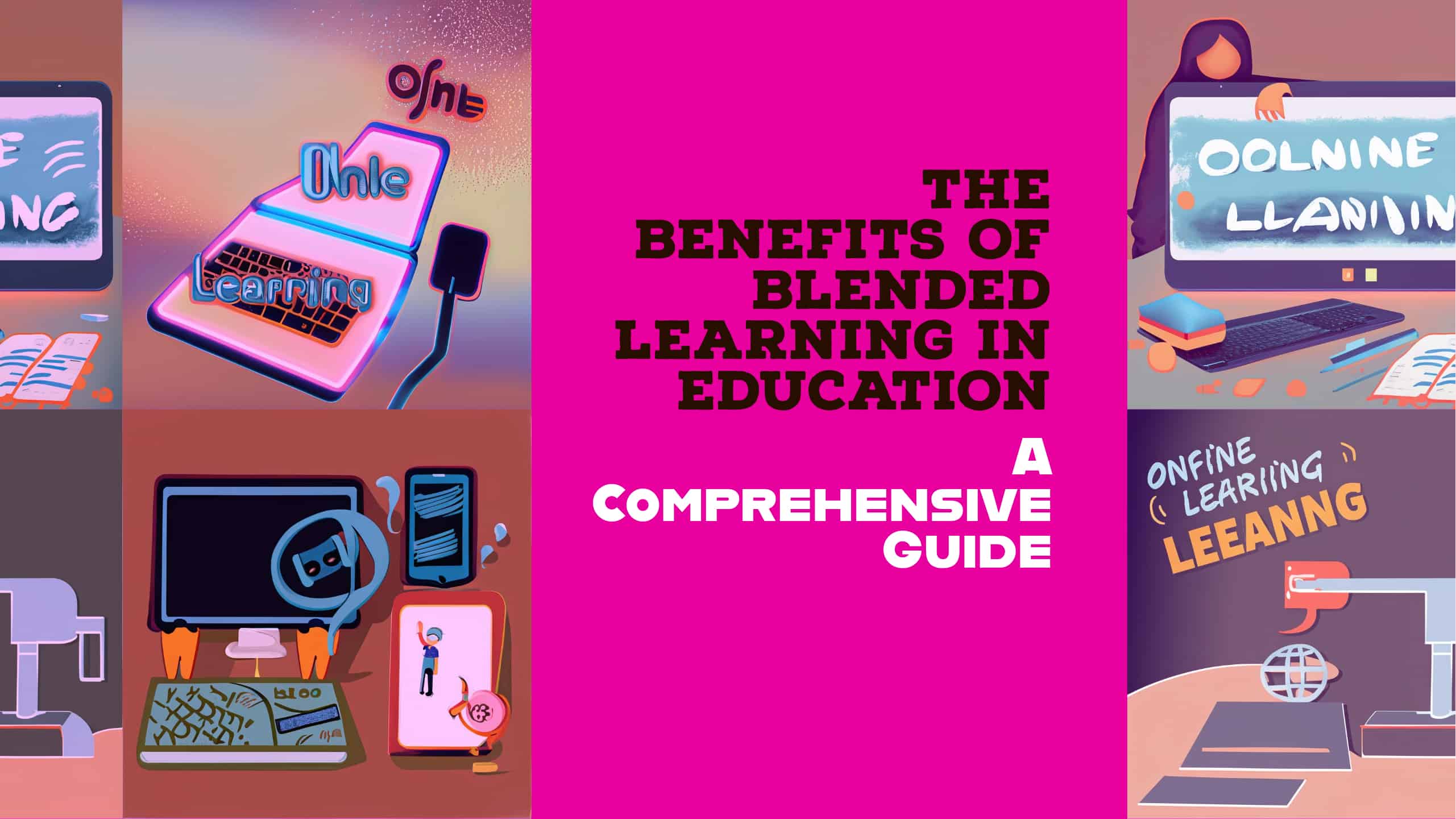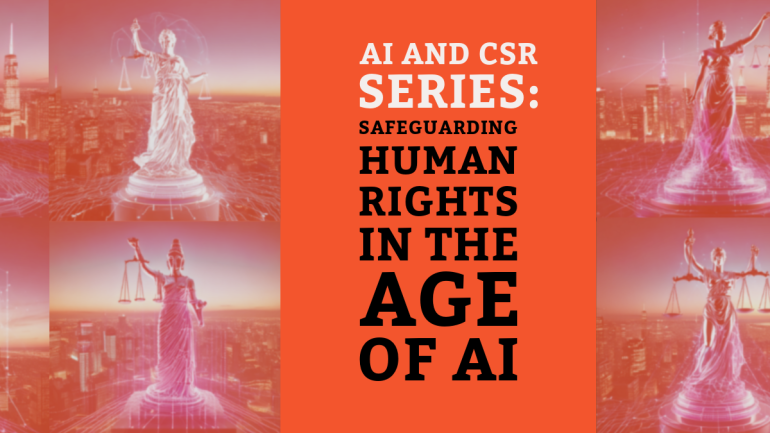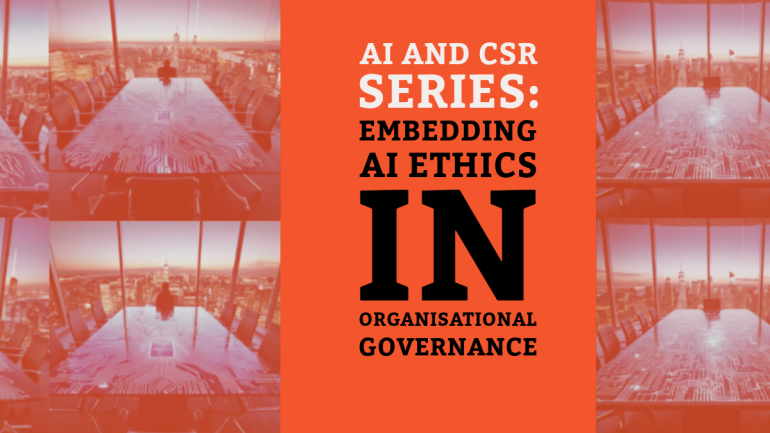Table of Contents
You may also interested:
TL;DR: Benefits of Blended Learning
- Personalized Learning: Blended learning tailors education to individual needs and learning styles.
- Enhanced Engagement: Technology and interactive resources make learning more engaging.
- Flexibility: Online resources offer accessibility and flexibility for diverse schedules and lifestyles.
- Improved Outcomes: Personalized content and adaptive technologies boost academic performance and motivation.
Have you ever wondered how the digital revolution is reshaping education? Blended learning, a dynamic approach that merges traditional classroom teaching with digital media and online resources, is at the forefront of this transformation. This innovative method is not just a fleeting trend; it’s a pivotal shift in how we approach education, leveraging technology to enhance learning experiences.
Understanding Blended Learning
At its core, blended learning is an educational strategy that integrates in-person instruction with technology-enhanced learning. Imagine a classroom where discussions are enriched with multimedia presentations and online resources complement textbooks. This approach offers a personalized learning experience, allowing students to engage with material at their own pace and in a style that resonates with them.
Classroom Implementation of Blended Learning
The implementation of blended learning in classrooms is a journey towards enhanced educational experiences. Picture a classroom buzzing with students participating in online discussions, collaborating on digital platforms, and engaging with interactive software. Teachers become orchestrators of a learning symphony that plays out both in the physical classroom and in the digital realm. Successful examples, such as schools adopting flipped classroom models, demonstrate the profound impact of this approach on student engagement and achievement.
Pedagogy and Andragogy in Blended Learning
Blended learning masterfully bridges the gap between pedagogy, the art of teaching children, and andragogy, the strategy of educating adults. By adapting to varied learning styles, this approach supports the VARK model (Visual, Auditory, Reading/Writing, and Kinesthetic), ensuring that each learner, regardless of age, finds a pathway that resonates with their unique learning preference.
For instance, younger students might thrive with interactive games that make learning tactile and visual, while adults may benefit from self-paced online modules that allow for deeper reflection and application. Malcolm Knowles’ theory of andragogy emphasizes the self-directed nature of adult learning, which blended learning supports through its flexible structure, providing adults with autonomy in their educational journey. This dual focus ensures that education is not a one-size-fits-all endeavor but a tailored experience that respects and responds to individual learning journeys.
Effective Teaching in Blended Learning Environments
In blended learning environments, the role of educators evolves significantly. They transition from being the primary source of knowledge to facilitators of learning, guiding students through a mix of digital and traditional resources. The TPACK framework (Technological, Pedagogical, and Content Knowledge) is particularly relevant here, as it underscores the need for teachers to integrate technology with their teaching practices and subject matter expertise. An example of this is a history teacher using virtual reality to transport students back in time, making historical events come alive. Such innovative teaching methods not only make learning more engaging but also foster critical thinking and problem-solving skills, preparing students for the challenges of the modern world.
Technology Integration in Blended Learning
The integration of technology in blended learning is not just about using digital tools, but about creating an ecosystem where technology amplifies and enhances the learning process. The SAMR model (Substitution, Augmentation, Modification, and Redefinition) provides a framework for integrating technology in a meaningful way.
For example, instead of merely substituting a physical textbook with an e-book (Substitution), teachers can use interactive simulations (Redefinition) to transform traditional learning experiences. Such integration not only makes learning more engaging but also accessible to a wider range of learners, breaking down barriers and opening up new possibilities for exploration and discovery.
Student Engagement in Blended Learning
Student engagement in blended learning goes beyond traditional classroom participation. This approach leverages the principles of gamification, using game-design elements in non-game contexts, to make learning more interactive and motivating. For instance, incorporating leaderboards, badges, and progress tracking in learning platforms can significantly increase student involvement and motivation.
Furthermore, collaborative tools like online discussion forums and group projects encourage peer interaction, enhancing communication and teamwork skills. This active and participatory approach to learning ensures that students are not just passive recipients of knowledge but active contributors to their educational journey, fostering a sense of ownership and deepening their engagement with the material.
Online Resources for Blended Learning
A wealth of online resources exists to support blended learning. These range from educational websites and apps to comprehensive learning management systems. They offer varied content, interactive exercises, and opportunities for collaborative learning, making education more accessible and engaging. Utilizing these resources effectively can significantly enhance the blended learning experience.
Enhancing Accessibility and Flexibility
One of the key benefits of online resources in blended learning is the remarkable accessibility and flexibility they provide. Educational platforms like Khan Academy or Coursera offer a plethora of courses across various subjects, catering to learners at different levels. This flexibility allows students to learn at their own pace and on their own schedule, which is particularly beneficial for those who may have other commitments such as work or family. Moreover, learning management systems (LMS) like Moodle or Blackboard create virtual classrooms that extend learning beyond the traditional school hours and walls. These platforms enable students to access lectures, assignments, and resources anytime and anywhere, breaking geographical and time barriers. This aspect of blended learning not only democratizes education but also customizes it to fit the unique lifestyles and learning rhythms of individual students.
Interactive Exercises and Collaborative Learning
Online resources in blended learning environments often include interactive exercises and collaborative tools, which significantly enhance student engagement. Interactive exercises like quizzes, simulations, and games make learning more engaging and enjoyable, leading to higher retention rates. For example, platforms like Duolingo use gamification to teach languages, making the learning process more fun and effective. Additionally, collaborative tools such as Google Classroom and Microsoft Teams facilitate group work and discussions, fostering a sense of community and teamwork among learners. This collaborative approach not only enhances academic learning but also builds essential life skills such as communication, problem-solving, and cooperation. Through these interactive and collaborative experiences, students develop a deeper connection to the material, leading to a more meaningful and lasting educational experience.
Diverse Content and Personalized Learning
The vast array of content available through online resources in blended learning caters to the diverse needs and preferences of students, supporting personalized learning paths. With resources ranging from video lectures and podcasts to interactive tutorials and eBooks, learners can choose the formats that suit their learning style best. This variety ensures that visual, auditory, and kinesthetic learners all find materials that resonate with their preferred mode of learning. Personalization is further enhanced through adaptive learning technologies, which tailor the content and pace according to the learner’s performance and preferences. For instance, adaptive learning platforms like DreamBox Learning adjust math problems in real-time based on student responses. This level of personalization ensures that each student’s learning journey is as effective as it is unique, catering to their specific strengths, weaknesses, and interests. By meeting individual learning needs, online resources in blended learning not only improve academic outcomes but also boost confidence and motivation among learners.
Conclusion
Blended learning is more than a mere educational trend; it’s a paradigm shift with the potential to redefine the traditional classroom experience. By merging technology with conventional teaching methods, it creates a more personalized, flexible, and interactive learning environment. This approach not only enhances student learning outcomes but also prepares them for a digital-centric world. As educators and learners, embracing blended learning is stepping into a future where education is more accessible, engaging, and effective.
Frequently Asked Questions (FAQs)
- What is the primary advantage of blended learning over traditional learning methods? Blended learning offers a more personalized and flexible learning experience, integrating the best of both digital and traditional teaching methods.
- How does blended learning cater to different learning styles? It provides various formats and tools, allowing students to engage with the material in a way that suits their learning style best.
- Can blended learning be effective in all subjects? Yes, blended learning can be adapted to virtually any subject, enhancing learning experiences across different disciplines.
- What role do teachers play in a blended learning environment? Teachers are facilitators who guide and support students in their learning journey, both in the classroom and online.
- How can technology be integrated effectively in blended learning? Effective technology integration involves choosing tools that align with learning objectives and enhance the educational experience.




